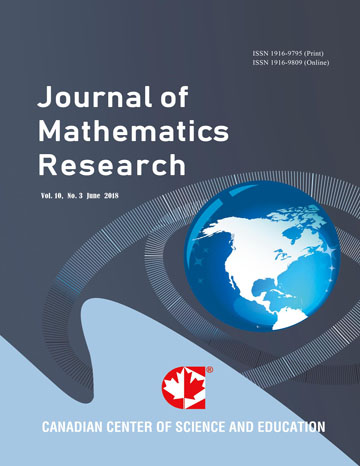Cultural Influences in Probabilistic Thinking
Abstract
Concerns about students' difficulties in statistics and probability and a lack of research in this area outside of western countries led to a case study which explored form five (14 to 16 year olds) students' ideas in this area. The study focussed on probability, descriptive statistics and graphical representations. This paper presents and discusses the ways in which students made sense of probability constructs (equally likely and proportional reasoning) obtained from the individual interviews. The findings were interpreted in relation to cultural perspective. The findings revealed that many of the students used strategies based on cultural experiences (beliefs, everyday and school experiences) and intuitive strategies. While the results of the study confirm a number of findings of other researchers, the findings go beyond those discussed in the literature. The use of beliefs, everyday and school experiences was considerably more common than that discussed in literature. The paper concludes by suggesting some implications for teachers and researchers.
 PDF
PDF
